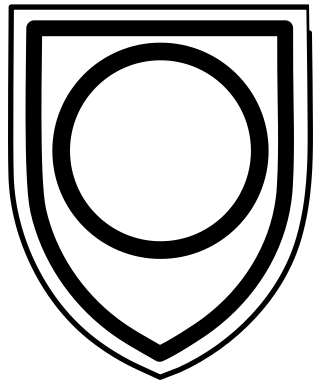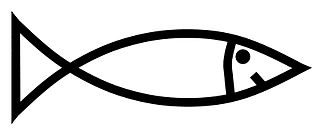
The 16th Infantry Division of the German Army was formed in 1934. On 26 August 1939 the division was mobilized for the invasion of Poland (1939). It participated in the Battle of France in August 1940. The division was then split, resulting in two independent units: The 16th Panzer Division and the 16th Motorized Infantry Division. Then later, from 1944 onward, combined with other non 16th elements, was known as the 116th Panzer Division.

The 3rd Mountain Division was a formation of the German Wehrmacht during World War II. It was created from the Austrian Army's 5th and 7th Divisions following the Anschluss in 1938.

The 29th Infantry Division was a unit of the German army created in the fall of 1936. It was based on the old Reichswehr 15th Infantry Regiment and drew its initial recruits from Thuringia. It was upgraded to 29th Motorized Infantry Division in the fall of 1937. The division was also known as the Falke-Division.

The 6th Panzer Division was an armoured division in the German Army, the Heer, during World War II, established in October 1939.
The 4th Mountain Division was a mountain infantry division of the Heer, the army of the Wehrmacht of Nazi Germany during World War II. The division was active between October 1940 and May 1940 and participated in the Balkans campaign as well as on the Eastern Front.
The 18th Infantry Division was formed on 1 October 1934 as Infantry Command III in Liegnitz and renamed the 18th Infantry Division on 15 October 1935. Mobilized in August 1939, it participated in the Invasion of Poland and in 1940 in the Battle of France. After the French campaign, the division was motorized and redesignated 18th Motorized Infantry Division on 1 November 1940 serving on the Eastern Front for the remainder of the war. In June 1943, the division was redesignated 18th Panzergrenadier Division.

The 161 Infantry Division was a major unit of the German Wehrmacht. It fought in the Battle of France, and then later on in the Eastern Front.

The German 5th Infantry Division was formed in October 1934 and mobilized on 25 August 1939. The division's troops were garrisoned in Konstanz, Ulm, and Freiburg. When formed, the division consisted of the 1st, 2nd, and 3rd battalions of the 14th, 56th, and 75th Infantry Regiments, the 1st, 2nd, and 3rd Battalions of the 5th Artillery Regiment, the 1st battalion of the 41st Artillery Regiment, and assorted 5th Division support units.

The 18th Panzer Division was a German World War II armoured division that fought on the Eastern Front from 1941 until its disbandment in 1943.
The 19th Panzer Division was an armoured division in the German Army, the Wehrmacht, during World War II. It was created from the 19th Infantry Division.

The 25th Infantry Division was a military unit of the German Wehrmacht. It was later reclassified to 25th Motorized Infantry Division, and in June 1943 to the 25th Panzergrenadier Division.

The 30th Infantry Division of the Wehrmacht was created on 1 October 1936 in Lübeck and mobilized on 26 August 1939 for the upcoming invasion of Poland. At that time, it consisted of the usual German infantry division elements: three infantry regiments of three battalions each, one three-battalion regiment of light artillery, one battalion of heavy artillery, a panzerjager (anti-tank) battalion, an aufklärungs (reconnaissance) battalion, a signals battalion, a pioneer (engineer) battalion, and divisional supply, medical, and administrative units.
The 129th Infantry Division was an Infantry Division of the German Army during World War II.

The 113th Infantry Division was an infantry division of the Wehrmacht in World War II.

The 35th Infantry Division was a German Army infantry division in World War II.

The 256th Infantry Division was a German infantry division in World War II. They formed on August 1939 as part of the 4. Welle (wave). The division was destroyed at Vitebsk in June 1944 during Operation Bagration. The remnants of the division formed Divisions-Gruppe 256 which was assigned to Korpsabteilung H.

The 342nd Infantry Division was a formation of the German Wehrmacht during World War II. Established on 19 November 1940, it was formed from elements of two existing divisions. It first served as part of the occupation forces in France between June and September 1941 and was then largely responsible for the brutal repression of resistance in eastern parts of Axis-occupied Yugoslavia between September 1941 and February 1942.
The XXIV Army Corps was a unit of the German Army during World War II. The unit was re-designated several times; originally being Generalkommando der Grenztruppen Saarpfalz, later Generalkommando XXIV. Armeekorps, then XXIV. Armeekorps (mot.) and finally XXIV. Panzerkorps.
German XXXXIV. Corps was a corps in the German Army during World War II.

The 339th Infantry Division was a German military unit which fought during World War II.













